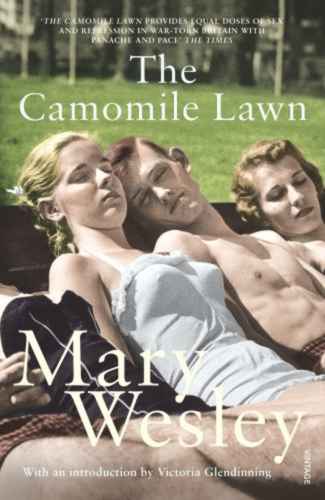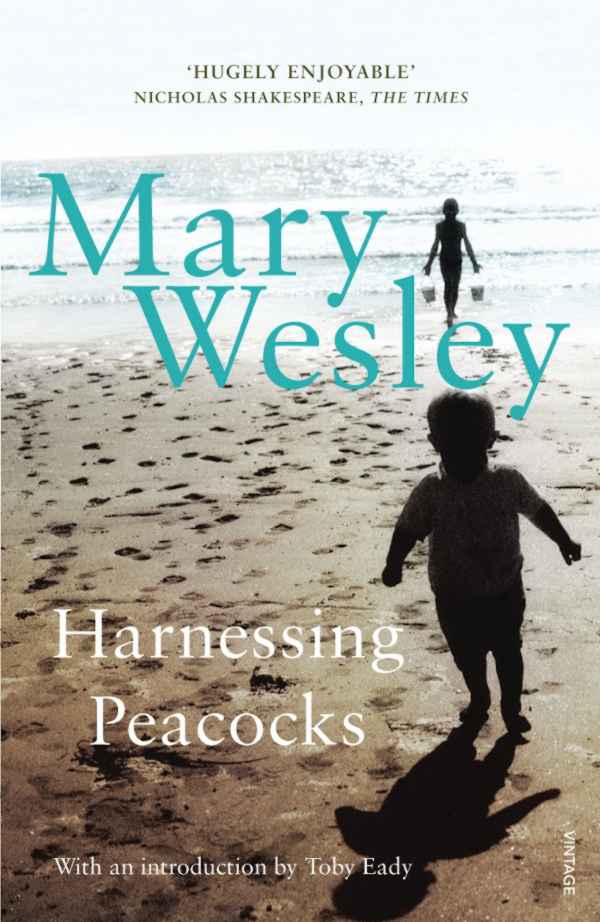I am reading Mary Wesley. On my bookshelves there are the 10 novels written by this author in the 1980s and 90s, written by her and published late in life. Having just worked my way through Penelope Fitzgerald, it occurred to me that there are many writers who were not published until at least middle age and often later, particularly women. Beatrix Potter, PD James and Edith Wharton all fit this profile and are indeed a random list. Ian Fleming, Frank McCourt and Kenneth Grahame also took their time to be published authors.
A survey I found stated that the average age for authors to be first published was 42. According to Douglas Adams in the ‘Hitchhikers Guide to the Galaxy’, the answer to Life, the Universe and everything else is also 42. Maybe you feel I’ve lost my way with this but possibly most people simply need to have lived a goodly portion of their lives before they have anything to say.
Beatrix Potter, Penelope Fitzgerald and Mary Wesley all had obstacles in their lives to overcome before they felt free to write and of course there are times when financial pressures are a useful constraint as well.
Mary Wesley led a wild life which must have given her a wealth of ideas and material for her stories. Some of her books are somewhat funny and some are almost shocking. Her family was outraged by her writing, feeling that much of it was autobiographical and showed her relatives in a poor light. A claim that Wesley always denied … but I am not convinced!
In ‘A Sensible Life’ we are between the wars as we travel with prosperous middle class families to Dinard in Brittany. A group of hotels designed to cater for English families on long Easter and summer vacations provides the perfect setting for eavesdropping on the social interactions between bored wives, and their civil service husbands who have to return to India. Also we can watch the goings on of the tentative, uncomfortable adolescents, all desperate to learn the secrets of dealing with the opposite sex and thinking that they continually fail in this endeavour. The writing is confident and funny, whilst tinged with pathos.

In the middle of this promising scenario is Flora. She is a misfit, an outsider, too much of a child for the young people who surround her. However, she watches, she listens and she notices. Flora falls in love but it will be several decades into the future before these desires can be played out and resolved in various ways. A satisfying read.
‘The Camomile Lawn’ is probably my favourite novel of this group and more typical of Wesley’s output than the previous book. It begins as the storm clouds are gathering over Europe and is set within the years of the Second World War, moving between London and Cornwall and back again. Five cousins meet to remember and share memories, of their intertwined lives but also of a world that will never be the same again. War changes people, I can understand that, despite being spared the trauma of having lived through one. Wesley also shows the reader how people, particularly in retrospect, could have a certain relish for the heightened tension of those years, as long as they weren’t in imminent physical danger. The cousins, years later, reminisce about the games played on the camomile lawn, running down to the cliff edge from the old Cornish house.

Mary Wesley seems to suggest that everyone’s behaviour and attitudes became extreme within the war years. The possibility of doom and destruction would understandably concentrate the mind. Grab time whilst you have it. Having read the story of her life, it is difficult here not to see her looming large amongst her characters.
I also like the television mini series made of this book. It is still quite widely available if you navigate the streaming channels and has Toby Stephens, Jennifer Ehle and Tara Fitzgerald within a strong cast.
‘Harnessing Peacocks’ is a novel of manners turned upon its head and contains much humour, some of it quite risqué. It is I suppose the most lighthearted of the novels with a classical reference as a title. The main character is called Hebe and in Greek mythology she was the goddess of youth and beauty. Her reputation was for entrapping lovers, hence harnessing peacocks. Decades ago at my Cheltenham teacher training college, the principal’s apartment looked out onto extensive lawns and lush gardens and she kept peacocks! Very decorative but oh my gosh, so startlingly noisy if you were in a hall of residence nearby, particularly if you wanted a lie in on a Saturday morning.

Hebe is written delightfully. Maybe some would cast her as amoral whilst others would simply see her as kind, giving and loving. Mary Wesley takes a sizeable swipe at the English class system as Hebe confronts her past and decides maybe it is time to change her lifestyle somewhat.
This is a quirky novel that makes me smile. It is set in Cornwall as indeed most of her work is placed within the West Country. This is a light but intelligent read. If any of these three books work for you then you are fortunate that there are are many more to be explored.
